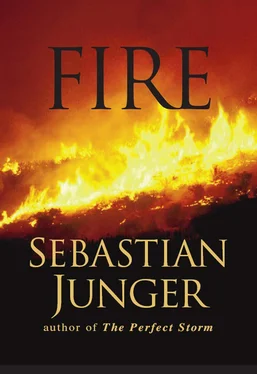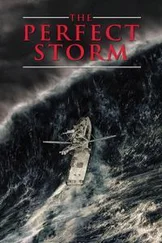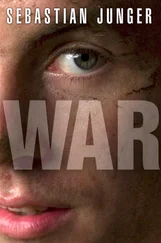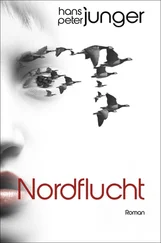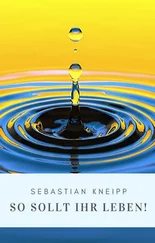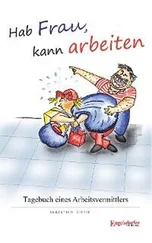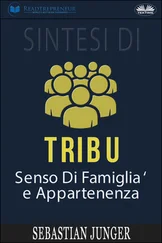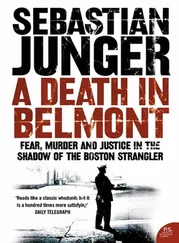The attack started with an artillery barrage against one household and quickly escalated to a ground assault against the entire village. Police in greasepaint and black uniforms poured out of armored cars and moved down the sodden brown hills, firing automatic weapons and rocket-propelled grenades. Mortar shells dropped into the houses and lit them on fire. Albanian separatist guerrillas were said to be holed up in the town, and the Serbs weren’t taking any chances: They weren’t going to let the bastards surrender, and they weren’t going to let them hide. If necessary, everyone would die.
Women and children took shelter until they realized it was only a matter of time before they were killed, and then they took their chances and ran through the gunfire into the woods. The men weren’t so lucky. Some fought back, and others just hid; either way, they died. They died as their houses collapsed on them; they died as automatic-weapons fire ripped through the cinder-block walls; they died on their doorsteps as they tried to surrender.
“The soldiers shouted for us to come out one by one or they would kill us,” the daughter of a man named Šerif Jašari later told human rights workers. “When my cousin Ćazim came out with his hands up, they killed him on the steps. We ran and had just gone through the first cordon when the soldiers caught my cousin Nazmi, who was helping his mother, Bahtije, along. They grabbed him, tore off the woman’s dress we had given him to wear, and ordered him to lie down on the ground and then to get up. He had to do this many times. Then they fired into his head and back, and I saw his body jerking from the bullets.”
The next person the Serbs shot was the girl’s seventeen-year-old brother, Riad, hitting him twice. He fell to the ground, and his sister and mother took him by the arms and started dragging him into the woods. “We went through the second cordon posted in the street outside the house. Armed soldiers in green uniforms with yellow and black markings and the same colors smeared on their faces,” Jašari’s daughter said. “We hid in the bushes, and up on the hill we met some people we knew, and they drove my brother Riad to a safe place. When Bećir’s wife, Sala, arrived, she said they had shot Bećir in the leg and that he had told her to go with the children. A few days later we heard Bećir was dead.”
Bećir Jašari was a member of a wealthy Albanian family that was said to be involved in an Albanian independence movement in Kosovo. Kosovo is about 90 percent ethnic Albanian but remains part of the Serb-dominated former Republic of Yugoslavia, which stripped it of its autonomy in 1989.
Tensions in the area had been rising steadily since November, when three masked Albanian guerrillas appeared at the funeral of a man killed in a crossfire between Serb police and guerrillas. “The Kosovo Liberation Army is the only force which is fighting for the liberation and national unity of Kosovo!” one of them shouted, and the mourners—twenty thousand strong—responded, “U-Ç-K!” the Albanian initials for the Kosovo Liberation Army. The opposition movement in Kosovo was headed by a longtime pacifist named Ibrahim Rugova, but it also had an armed wing ready to take the fight into the hills.
Almost immediately after their appearance at the funeral, the KLA began ambushing police cars and sniping at the checkpoints. Then a car chase and shoot-out in late February resulted in the deaths of four policemen and five KLA members. Another badly wounded KLA fighter reportedly dragged himself to the home of Ahmet Ahmeti in a nearby village called Likošane. Like the Jašaris, the Ahmetis were a wealthy family rumored to have links to the KLA.
On February 28 the Serbs struck back. Attack helicopters blasted towns with gun and rocket fire, and policemen in black uniforms dragged people out of their houses and shot them on their doorsteps. Twenty-six were killed. Witnesses said the Ahmeti men over the age of fifteen were separated from the women and children, savagely beaten, and then executed in their courtyard with shotgun blasts to their heads. One had his eyeballs dug out. Journalists who later visited the house reported that the ground was littered with teeth and hair and that a human jawbone hung from a nearby bush.
There was a brief lull while people buried their dead, and then the police moved in on Prekaz, which lay only a few hundred yards from an old munitions factory that had been converted into a barracks for the Serb special police. On the morning of March 5 the police stepped outside their front gate and attacked. Some snipers didn’t even bother leaving the compound. Fifty-five people died in Prekaz, including thirty from the Jašari family alone.
One of the few Jašaris who survived was an eleven-year-old girl named Besarte, who had hidden under a heavy slab on which her mother used to make bread. She remembers shells crashing into the house for hours and her uncle Adem singing folk songs “so the family wouldn’t lose its faith in life.” When the bombardment finally stopped, the bodies of her entire family lay twisted around her. Twenty-four hours later—after another night of siege—several policemen stormed into the house to check for survivors. One stopped in front of Besarte, who played dead, but he put his hand to her chest and felt a heartbeat, so he picked her up and took her to the munitions factory. She arrived spattered with blood, screaming that she wanted to stay with her sisters.
Iarrived in Kosovo two weeks after the massacre, on a frigid March night. I drove in with an old friend named Harald Doornbos, a Dutch journalist who had been based in Sarajevo since 1992. For obvious reasons, the Serbs weren’t granting entrance visas to journalists, but Herald knew a dirt road border crossing into Montenegro where the guards—being Montenegrin—couldn’t have cared less what the Serbs wanted. From Montenegro we could easily cross into Kosovo.
We got up early the next morning to try to drive into Drenica, the rural stronghold of the KLA. We crossed a desolate brown plain and plunged into the hill country, the little towns flicking by in our car windows and the mountains on the Albanian border looming in the distance. Guns were coming in over those mountains; Albania was awash in weapons, and the KLA was completely dependent upon help from across the border. The Serb military reportedly had shoot-on-sight orders for anyone in the high peaks, and soldiers regularly ambushed Albanians moving weapons into Kosovo over mountain tracks.
There were said to be KLA training camps inside Albania; in response, the Serbs have massed a tremendous number of heavy weapons at the Albanian border—far more than are needed to stop arms smuggling. The fear is that the Serb Army will cross into Albania to stamp out the camps and that the situation will escalate into an all-out war between Yugoslavia and Albania. Such a conflagration could drag in Greece and Turkey and—in a worst-case scenario—divide the United Nations. Another scenario has it that war in Kosovo might trigger a similar war in Macedonia, which has its own restive Albanian population, and that Greece and Bulgaria could jump in to grab Macedonian land that they have old claims to. More than three hundred American troops are stationed in Macedonia to contain exactly that kind of domino effect, but they are scheduled to be withdrawn this summer.
The towns we passed were dead and empty-looking, and house after house stood half built, abandoned by Albanians who could no longer afford to finish them, because they’d lost their jobs in Serb-controlled businesses. After half an hour we turned down a dirt road and drove until we dead-ended at a railroad tunnel near a river. We stopped, grabbed our notebooks, and walked through the tunnel and into an empty brown valley surrounded by brush-covered hills.
Читать дальше
